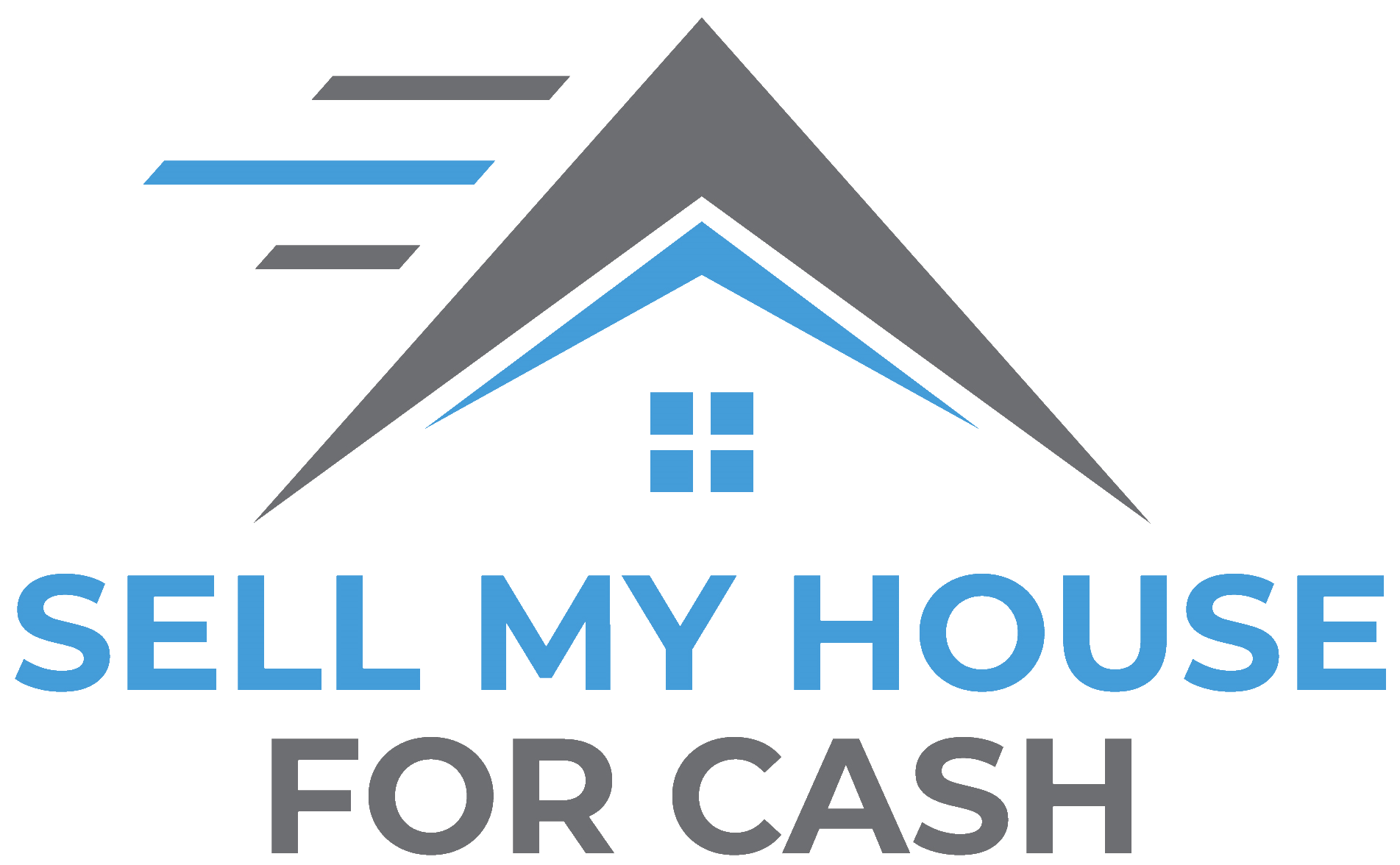
Steps to Fix a Hoarder House
What are the initial steps in addressing a hoarder house?
It might feel overwhelming if you’re dealing with a hoarder house but don’t worry. Here’s a simple way to start:
- Assessing the situation: Take a walk through the house calmly. Look at each room and note problem areas. This is for understanding, not judging.
- Identifying problem areas: Check if rooms you can’t enter or damage needs fixing, like plumbing or structure. Prioritize these repairs to effectively fix the hoarder’s house.
- Setting realistic goals and timeframes: Set achievable goals. You can’t fix everything quickly, so create a timeline with manageable steps. This will help reduce stress.
Focusing on these steps lets you know what needs doing and how to start.
How do I involve the hoarder in the cleaning process?
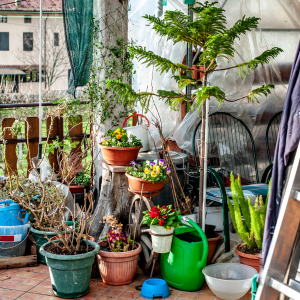
Getting a hoarder involved in cleaning can be difficult, but it’s key for lasting changes. Here’s how to handle it:
- Communicating clearly: Talk openly. Explain why you’re helping and what the plan is. Make sure they feel listened to and understood.
- Providing emotional support: Hoarding is linked to emotions, not just clutter. Offer emotional support so they know they’re not alone.
- Seeking professional help: If needed, get help from professional organizers or therapists familiar with hoarding disorder treatment.
- Setting boundaries and expectations: Be clear about what you can do and where you need assistance. Agree on expectations together.
- Considering the mental impact: Understand that this process can be emotionally challenging for the hoarder. Encourage breaks and celebrate small wins.
Organizing and Sorting Techniques
Which tools and materials are essential for organizing a hoarder house?
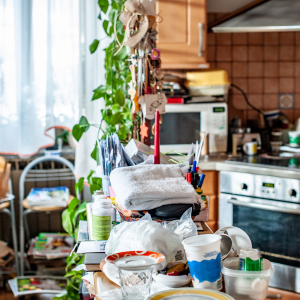
Organizing a hoarder house requires specific tools and materials to handle the challenge effectively. Here’s a list to help you get started:
- Protective Gear: Always prioritize safety. Wear gloves, masks, and goggles. This equipment protects you from dust and potential hazards.
- Cleaning Supplies: Gathering disinfectants, brooms, mops, and dusters will make cleaning easier and more thorough.
- Storage Solutions: Use strong containers and boxes to store items neatly and prevent dust buildup.
- Heavy-Duty Trash Bags: These bags are perfect for quickly removing unwanted items.
- Labels and Markers: They are vital for organizing items. Proper labeling helps you find items easily later.
- Hoarder Cleaning Professionals: Sometimes, calling in experts is the best option for handling extensive clutter.
Safety should always come first with significant clutter. These tools will help you manage the task and create a safer work environment.
How can I sort items effectively during the cleanup?
Going through years of collected stuff can be tough. Breaking it into steps makes it more manageable. Consider these sorting methods:
- Room-by-Room Approach: Tackle one room at a time. This keeps the process organized and prevents feeling overwhelmed.
- Keep, Donate, Discard Piles: Create three piles as you go:
- Keep Pile: Items you use often or have sentimental value.
- Donate Pile: Good-condition items others might need.
- Discard Pile: Broken or useless items that should be thrown away.
- Valuables and Non-Essentials: Sort out valuable items early to avoid getting lost. For non-essentials, decide if they still belong in your home.
- Clutter Transformation: Consider organizing items differently to reduce future clutter, such as using drawer organizers or closet shelves.
Taking small steps makes the process easier and helps restore peace and order. These strategies help clean a hoarder’s house effectively. Patience is important, and having the right tools makes all the difference.
Cleaning and Disinfection Strategies
What are the best practices for deep cleaning a hoarder house?
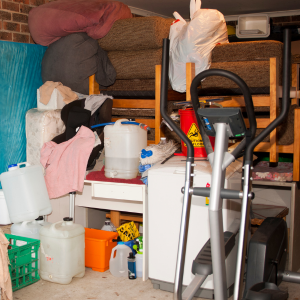
Cleaning a hoarder house is a big job, but here’s how to handle it:
- Assess the Situation: Walk through the house to see how much clutter there is and find high-traffic areas. This will help you plan your deep clean.
- Prioritize Safety: Hoarder homes can be dangerous with unstable piles or pests. Always wear safety gear like gloves and masks.
- Sort and Categorize: Sort items into groups: Keep, Donate, Trash. This makes the process easier. You might want to hire hoarder disposal services for junk removal.
- Use Appropriate Cleaning Experts: Use good cleaning products to remove dirt and disinfect surfaces.
- Deep Clean Each Area:
- Start with Clear Zones: Clean less cluttered rooms first to gain momentum.
- Tackle High-Traffic Areas: Focus on kitchens and bathrooms since they have more germs.
- Regular Cleanups: Schedule cleanups often to maintain the house and avoid future hoarding.
- Seek Professional Help: Sometimes, it’s best to call hoarding cleanup services. They have the expertise and manpower to handle big cleaning tasks.
Are there health risks involved, and how do I mitigate them?
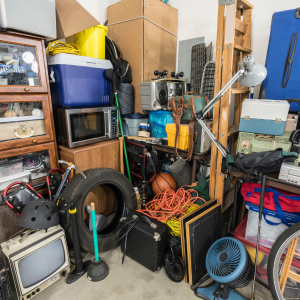
Hoarder homes can pose serious health hazards that need addressing:
- Understand the Risks: Hoarding can lead to risks like mold, dust, and spoiled food. These are dangerous if not managed properly.
- Safety Precautions:
- Wear protective gear: Use masks, gloves, and goggles to protect against harmful substances.
- Ensure good ventilation during cleaning to reduce inhalation risks.
- Address Hazards: Look for structural damage or pest infestations. Immediate action may be needed to make the property safe.
- Mitigate Hoarding Health Risks: Work with hoarder property cleanup professionals trained to handle hazardous situations safely.
- Hygiene Tips:
- Wash your hands regularly and avoid touching your face during cleanup.
- Dispose of waste properly to prevent contamination.
Repair and Restoration of the Home
How can structural repairs be managed after a hoarder cleanup?
After tackling a big hoarder cleanup, the next step is dealing with structural repairs for your hoarder house renovation. Here’s how you can manage it:
- Assess the Damage: Walk through the house and note any visible damage. Look for signs of structural problems on walls, floors, and ceilings.
- Hire Contractors: You’ll need professional help. Find reputable contractors who specialize in structural repair. Check their reviews and get multiple quotes.
- Plan Your Budget: Structural repairs can be expensive, so budget carefully and set aside extra funds for unexpected costs.
- Prioritize Repairs: Decide which repairs are most urgent and which can wait. This will help you stay within your budget.
- Oversee the Renovation: Stay involved once the contractors start. Regularly check progress to ensure the work is done correctly.
What should be checked for potential damage?
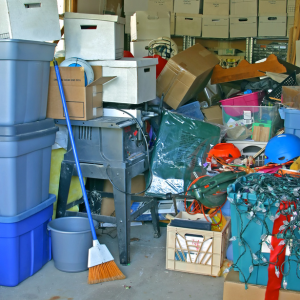
After cleaning a hoarder’s house, inspect it thoroughly for possible damage. Focus on these areas:
- Plumbing: Look for leaks and water damage. Check pipes and drains to make sure they work well.
- Electrical Systems: Ensure all wiring is safe. An electrician can check for fire hazards if needed.
- HVAC: Heating and cooling systems may need attention. Make sure filters are clean and units work properly.
- Windows and Doors: Check for broken glass and damaged frames. Ensure locks and handles work for security.
- Flooring: Examine carpets, wood, or tiles for stains or damage. Decide if cleaning or replacement is needed.
- Insulation: Good insulation is important for comfort. Check for damp or damaged insulation.
- Ventilation: Proper ventilation is crucial to prevent mold. Make sure the vents are clear and working.
Inspecting these areas carefully can save money and prevent future issues. If you’re unsure, hire professionals for advice. Restoring these areas can also increase the home’s value, making it more livable or ready to sell.
Maintaining a Clutter-Free Environment
How do I prevent future hoarding tendencies?
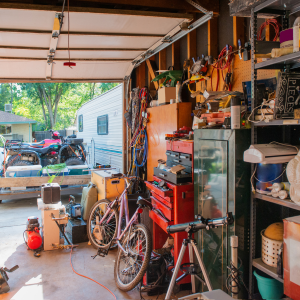
To prevent hoarding, you need an organizational system that is sustainable. Here are some tips:
- Regular Decluttering: Make it a habit to sort through your belongings often. You’ll be surprised at how quickly things accumulate!
- Therapy and Ongoing Support: Talking to a professional can help you understand why you keep so many items. Therapy or joining a support group provides the ongoing support needed.
- Manage Hoarding Tendencies: Be careful about what you bring into your home. Ask yourself if each item truly adds value to your life. This will help manage hoarding tendencies.
What lifestyle changes support a clutter-free home?
Making some lifestyle changes can help maintain a clutter-free home. Here’s what worked for me:
- Minimalist Living: Try adopting a minimalist lifestyle. It’s about keeping only what you need and love, which creates open space in your home.
- Decluttered Zones: Designate specific areas in your home to stay clutter-free. These zones can inspire you to keep other spaces tidy.
- Community Resources and Support Groups: Use local community resources or support groups. They offer useful advice and encouragement.
FAQs:
How can I start decluttering a hoarder house?
Start by making a plan to clean one room at a time. Sort items into categories: keep, donate, recycle, and trash. Hiring hoarder cleaning professionals can help make this process easier.
What are some tips for dealing with extreme hoarding?
Dealing with extreme hoarding takes patience and understanding. Mental health experts should be consulted to address the psychological effects. Professional junk removal services can also assist in safely clearing out large amounts of clutter.
How do I ensure safety while cleaning a hoarder’s house?
Safety is key when cleaning a hoarder’s home. Wear gloves and masks to protect against dust and mold. Identify and fix potential hazards like tripping risks or structural damage during the cleanup.
Are there benefits to hiring hoarder house restoration services?
Yes, hiring professional hoarder house restoration services helps with deep cleaning and repair. After addressing any hoarding-related damage, they ensure the home becomes safe and livable again.
What does a hoarding intervention involve?
A hoarding intervention involves gathering family, friends, and professionals to support the hoarder. It’s about helping them recognize their condition and accept help, creating a personalized plan for cleaning and long-term support.
Can hoarding disorder be treated?
Hoarding disorder can be treated with therapy and sometimes medication. Cognitive-behavioral therapy often helps individuals understand their hoarding behaviors and develop healthier habits.
What are some common health risks associated with hoarding?
Hoarding can lead to fire hazards, breathing problems from mold and dust, and more falls due to clutter. Cleaning up and organizing is essential to reduce these health risks.
How can one support a loved one who is a hoarder?
Support a hoarder by being patient and non-judgmental. Encourage them to seek help and assist them in organizing their space. Focus on small wins and keep communication open to build trust and cooperation.
Key Insights
- Hoarder Home Restoration: Fixing a hoarder house can be tough, but it’s easier with the right help. Hire experts to check hoarding levels and offer support if needed.
- Deep Cleaning Essentials: Get hoarder cleaning professionals to clean both obvious and hidden clutter deep. Be careful with junk removal for hoarders to avoid causing distress.
- Safety First: Hoarder home safety tips are key. Keep pathways clear and manage waste with smart hoarder waste management strategies.
- Mindset Shift: It is important to change one’s mindset. Encourage the use of small, regular hoarder sorting methods along with the best hoarder organization techniques.
- Efficient Space Reclaiming: Use hoarder space utilization ideas to reclaim rooms. Start with the hoarder garage clean-up and move on to the hoarder basement cleaning.
- Practical Help for Hoarders: Offer support like hoarder furniture disposal and rubbish removal. It’s wise to throw away anything that smells and clean surfaces well.
- Emotional and Social Impact: Recognize the emotional impact of hoarding on loved ones. Family support and hoarding intervention strategies are crucial for lasting change.
- Restoration and Repair: When restoring hoarder property, consider repair costs and how they affect the neighborhood. Aim for a safe and pleasant space.
- Clutter Transformation Tips: Use hoarder clutter transformation techniques like sorting and seeking decision-making help for a better life.
- Continued Improvement: Promote ongoing improvement through regular hoarding level assessments and embrace changes for a healthier living space.
Are you looking to sell a house in Texas? Whether you’re in Houston, San Antonio, Dallas, Austin, Fort Worth, El Paso, or any surrounding area, we’re here to help. Our guide provides insights and tips that apply throughout Texas, making the selling process smoother and more efficient for you. In addition to offering valuable advice, we also buy houses directly, saving you time and effort. If you’d like personalized assistance or want to explore your options, don’t hesitate to Contact Us at (214) 347-7020.
Get An Offer Today, Sell In A Matter Of Days…
Resources To Help You Sell A Property In Texas
